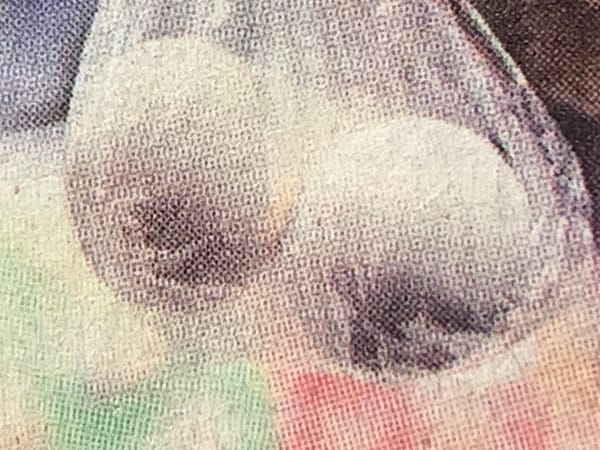INDIGNITY VOL. 3, NO. 35: Samsung's fake lunar photos.
OPTICAL DELUSIONS DEP'T.
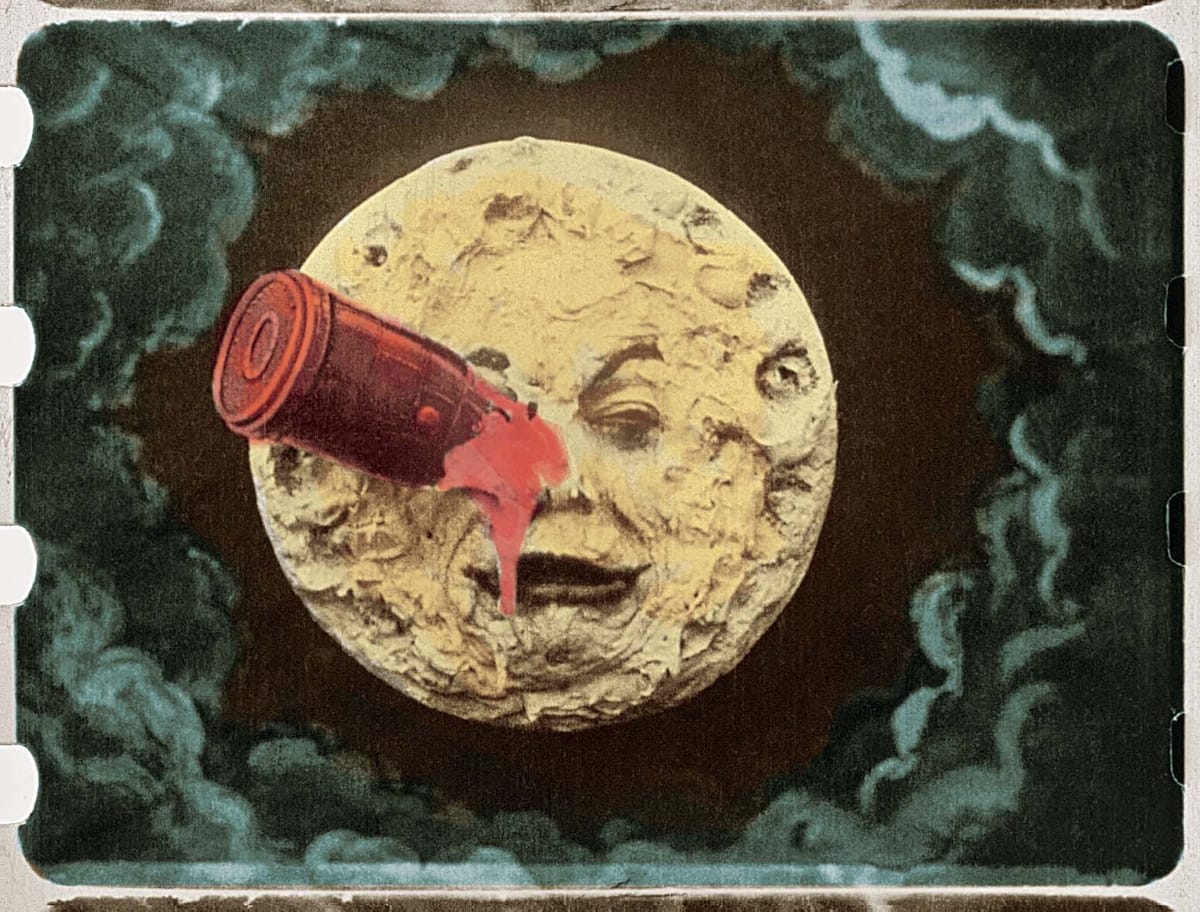
When the Moon Hits Your Eye
SAMSUNG GOT CAUGHT faking moon photographs on its phone cameras again. This has happened at least twice, and it goes around parts of the internet, and people respond with dismay or denial. The Samsung phones supposedly have a feature called "Space Zoom," which can magnify the moon 100 times, delivering a crisp, screen-filling image of the lunar disc, complete with craters and maria.
What Space Zoom really does, it seems, is to use software to recognize that someone is trying to take a picture of the moon, and then to digitally generate and insert artificial textures and shadows, based on what machine learning expects moon images would look like. People catch it out by pointing the phone camera at an already blurred image of the moon—one that has no clear craters or maria for the phone to see—and watching it fill in the blanks with fictitious detail.
A would-be sophisticated argument I keep seeing in Samsung's defense is that by now people should expect fake images from their phone cameras. There is only so much that a pocket-sized camera lens can accomplish, optically, and the past generation of improvements in phone-camera performance has been a matter of programming the phones to produce ever-more aggressive virtual emulations of what the pictures from a better camera might look like. Apparently there was a whole thing about my own model of phone smoothing out people's faces on the selfie camera? I never noticed, probably because I almost never take selfies; I have never gotten used to what the fisheye camera lens does to my face.
And the moon takes bad pictures. Presumably this is the problem that Samsung thought it was addressing. Back in the era of film cameras, even, you would see the moon rising, immense and majestic over the landscape, and you would get back from the Fotomat a printed-out snapshot of that landscape with a minuscule whitish dot above it. Long before photography existed at all, the ancients puzzled over a related part of the problem: the moon looked so wide when it appeared over the horizon, and much smaller when it got higher up in the sky, yet measurements showed that the disk was the same size in both locations.
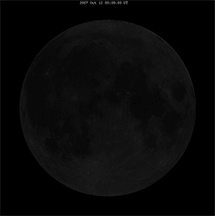
For a long time I assumed that this enlargement of the rising moon was some sort of lensing effect, but it isn't, although nobody can quite settle on what it is instead. Regardless, it's just as possible to take a disappointing photo of the moon when it's high in the sky; even when it's not as apparently large, it's overwhelmingly salient. The moon commands your attention, and then the camera doesn't care. The camera sees the plain deflating truth, which is that the moon takes up about one-half degree of the sky—a mere speck against the vast celestial dome.
The great, shining moon, from this point of view, is a dream that your eyes and brain manufacture together. That's one version of the truth.
Another version, though, might be that when you see the moon, you are having a rare moment of honest visual perception. When the moon dominates your vision, it may just be dispelling a different illusion: the false everyday belief that we are able to see the world around us, that we are surrounded at all times by 180 degrees worth of a spherical field of color and detail.
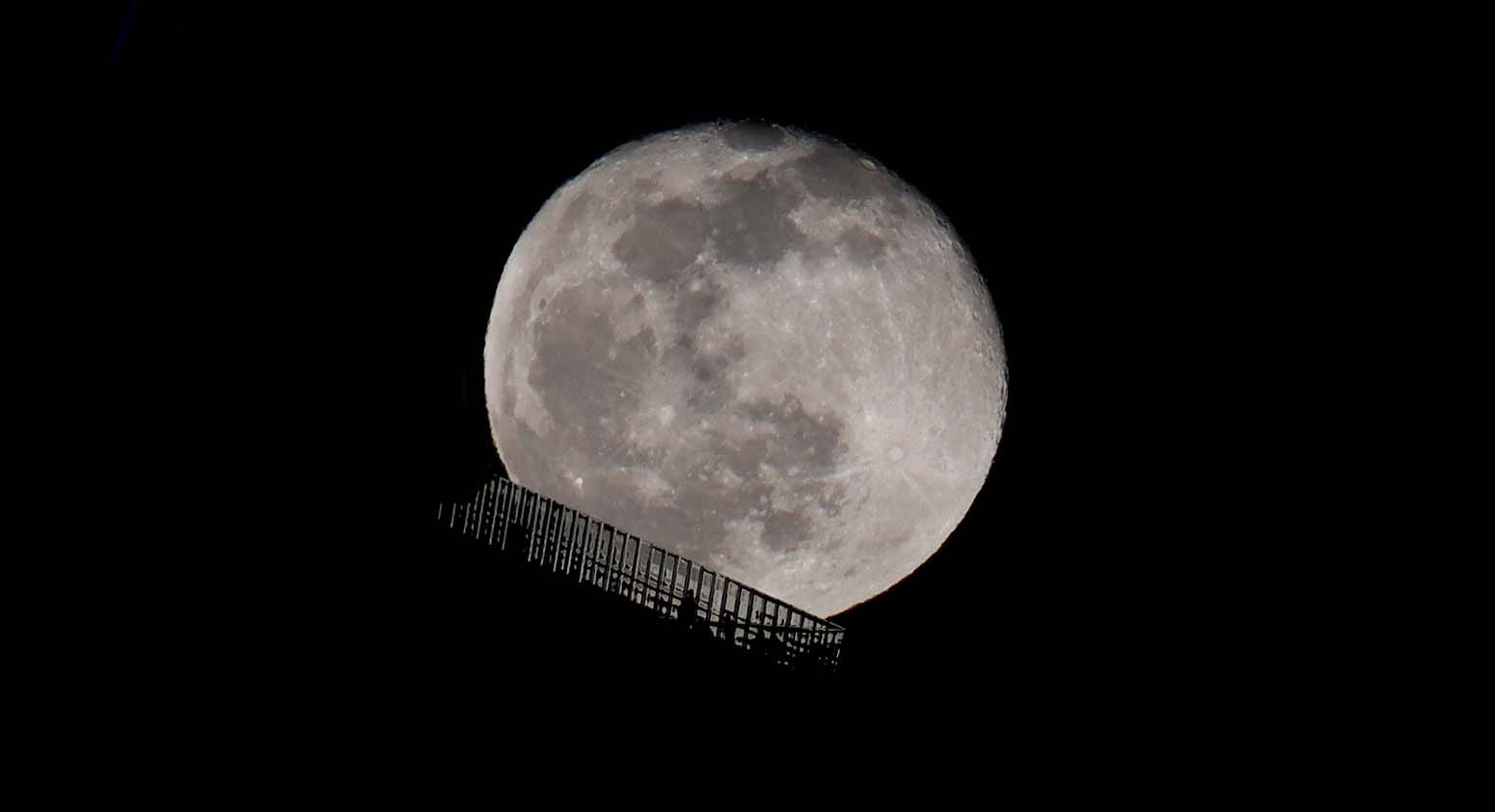
In fact, most of what occupies your ostensible field of vision is bluffing and guesswork by the brain—colorized around the edges where your color-sensing cells give out, heavily deblurred, edited to fill in the gaps left by the blind spots where your optic nerve meets your retinas. The crisply focused, intelligible part of your vision, rendered by the fovea, takes up only a few degrees in the center.
Because the moon in the sky is so tiny, it fits nicely within that tiny visual window. It is the right size for the eye to hold it and see it, in all its detail, without any scanning or backfilling. When you look at the moon, you see it purely and directly. Everything else is vague, unreal, and insignificant.
If you try to capture that moment of perception with a Samsung camera, it gives you a synthetic approximation. (If I try to capture it with my iPhone, I get a blob.) As usual, the artificial intelligence grasps everything about what you're trying to express except the essential nature of what you're trying to express.

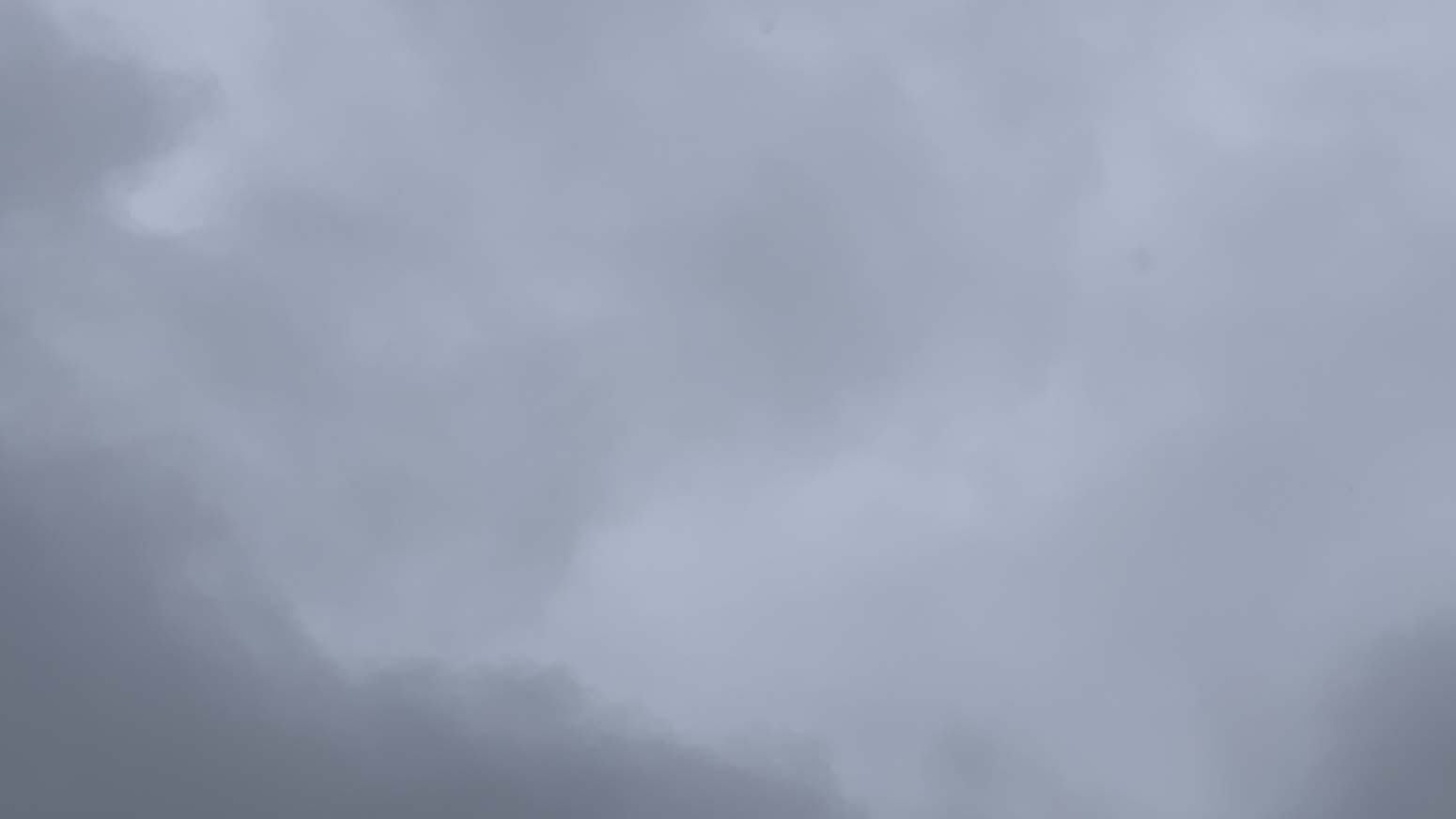
WEATHER REVIEWS
New York City, March 13, 2023
★★ Between the adjusted clocks and the clouds, no real morning light made it through the front window, just the heavy slosh of tires on pavement. The slim morning paper got droplets on it from being dug out of the depths of its wet blue bag. People were walking around without umbrellas. In early afternoon, it was mild enough to keep the coat hanging open, though a soft drizzle was blowing. Waterlogged litter lay by the curb, and the supertalls two miles away were featureless shapes in the mist. Up at 125th Street the drops were just big enough to be visible, tracing distinct straight lines as they fell. The rain was still beading on hard surfaces and soaking into soft ones, rather than washing over things. A pair of house sparrows perched outside the opening where one I beam on a scaffold overlapped the next, then dived inside. A few bits of dry grass hung down from the crack between beam and beam. On the radar, the forecast nor'easter seethed raggedly, mostly offshore. The wet rock formations at the edge of Central Park had the darkness and dull sheen of iron. Rain kept falling in the night but the freeze still seemed far off.

SANDWICH RECIPE DEP’T.
WE PRESENT INSTRUCTIONS for the assembly of select sandwiches from Conservation Recipes, compiled by the Mobilized Women’s Organizations of Berkeley, Berkeley Unit, Council of Defense Woman’s Committee, Berkeley, CA, published in 1918, found in the public domain and available at archive.org for the delectation of all.
SANDWICHES
Mrs. R. H. Wetmore, Editor.
THE FOLLOWING RECIPES have been somewhat changed from their original form, to comply with the latest rulings of the Food Administration. During the wheat shortage it is not desirable to encourage the making of sandwiches at all. To meet certain imperative needs such as school lunches, use the fillings suggested below on non-wheat breads, crackers, wafers, muffins and biscuits.
When the restriction on wheat is lifted it will be a simple matter to reinstate bread in all the lists of ingredients.
COTTAGE CHEESE FILLING
Cottage cheese.
Pimientos.
Spread a layer of cottage cheese on any kind of bread, put strips of pimiento on top of the cheese and place half of a walnut in the center of each.
—Mrs. C. Bacon.
If you decide to prepare and enjoy a sandwich inspired by these offerings, kindly send a picture to us at indignity@indignity.net.

Thanks for reading INDIGNITY, a general-interest publication for a discerning and self-selected audience. We depend on your support!



